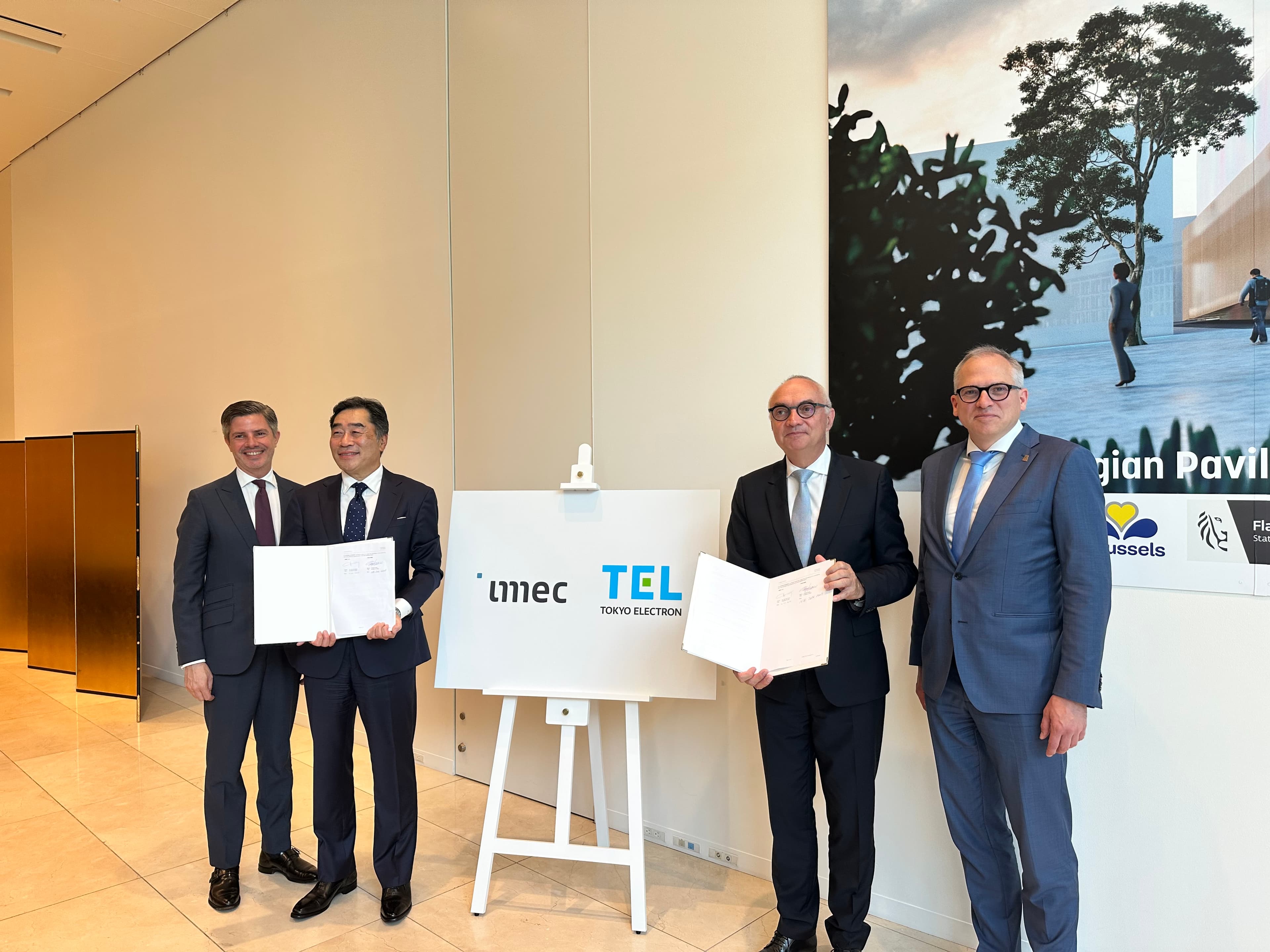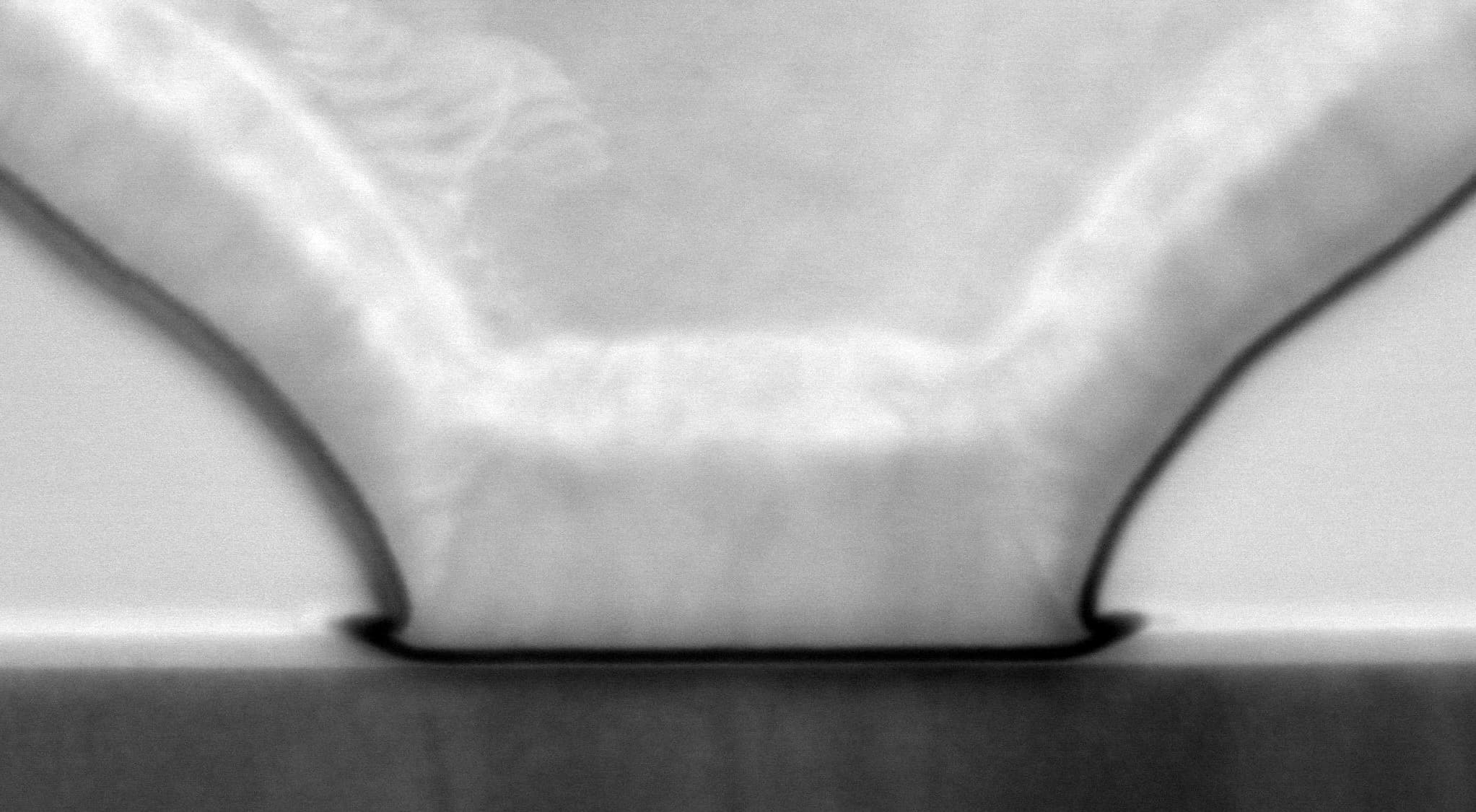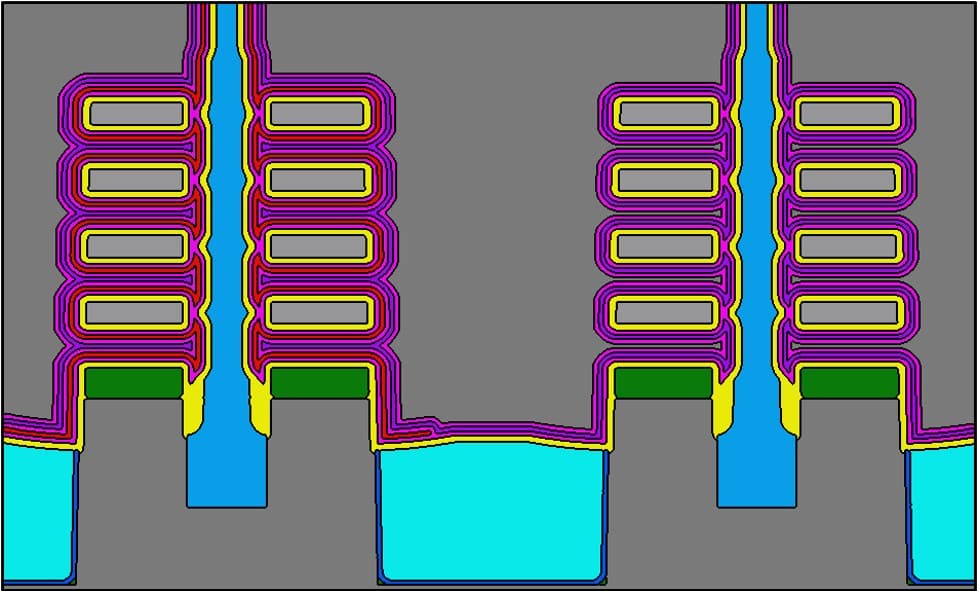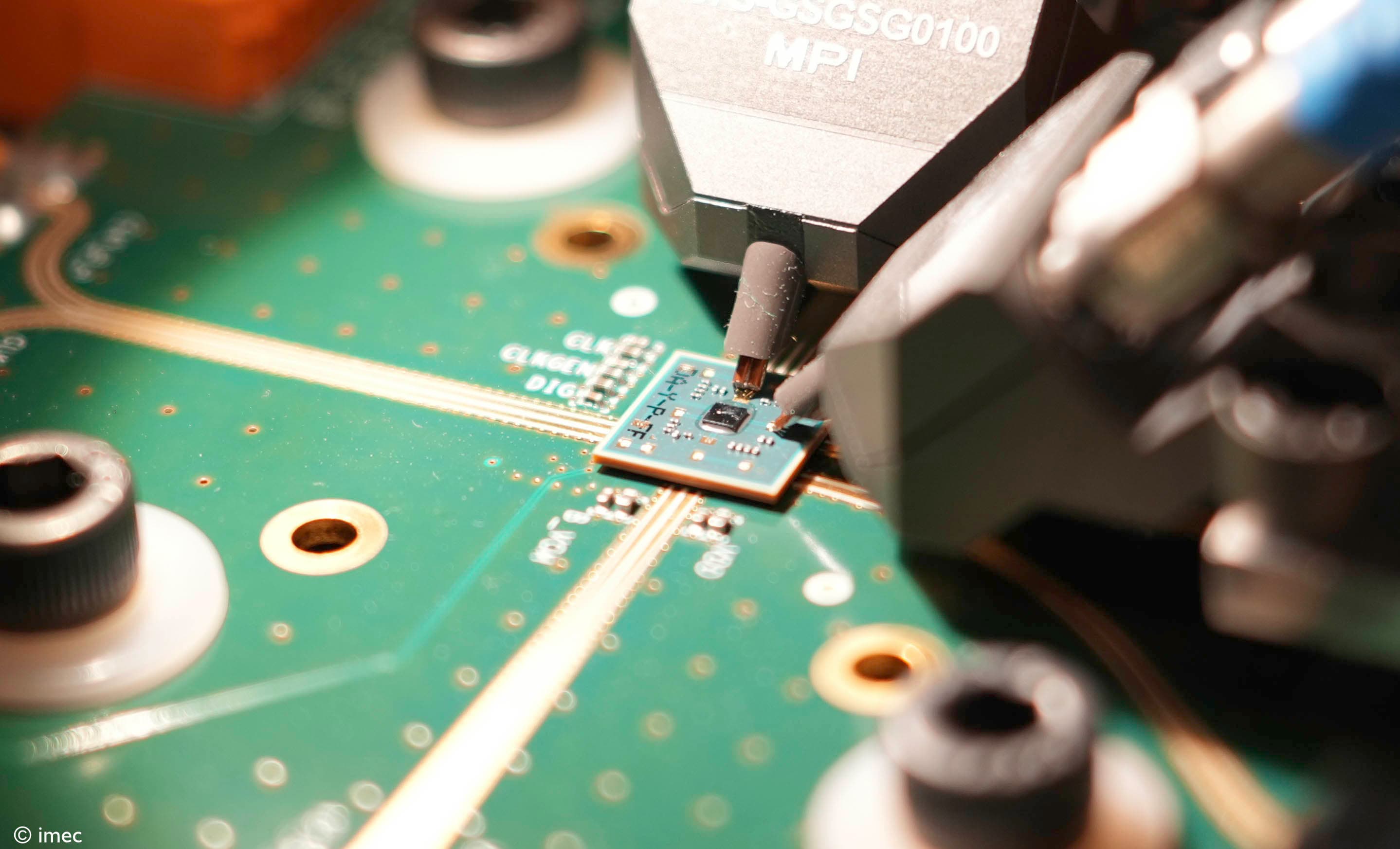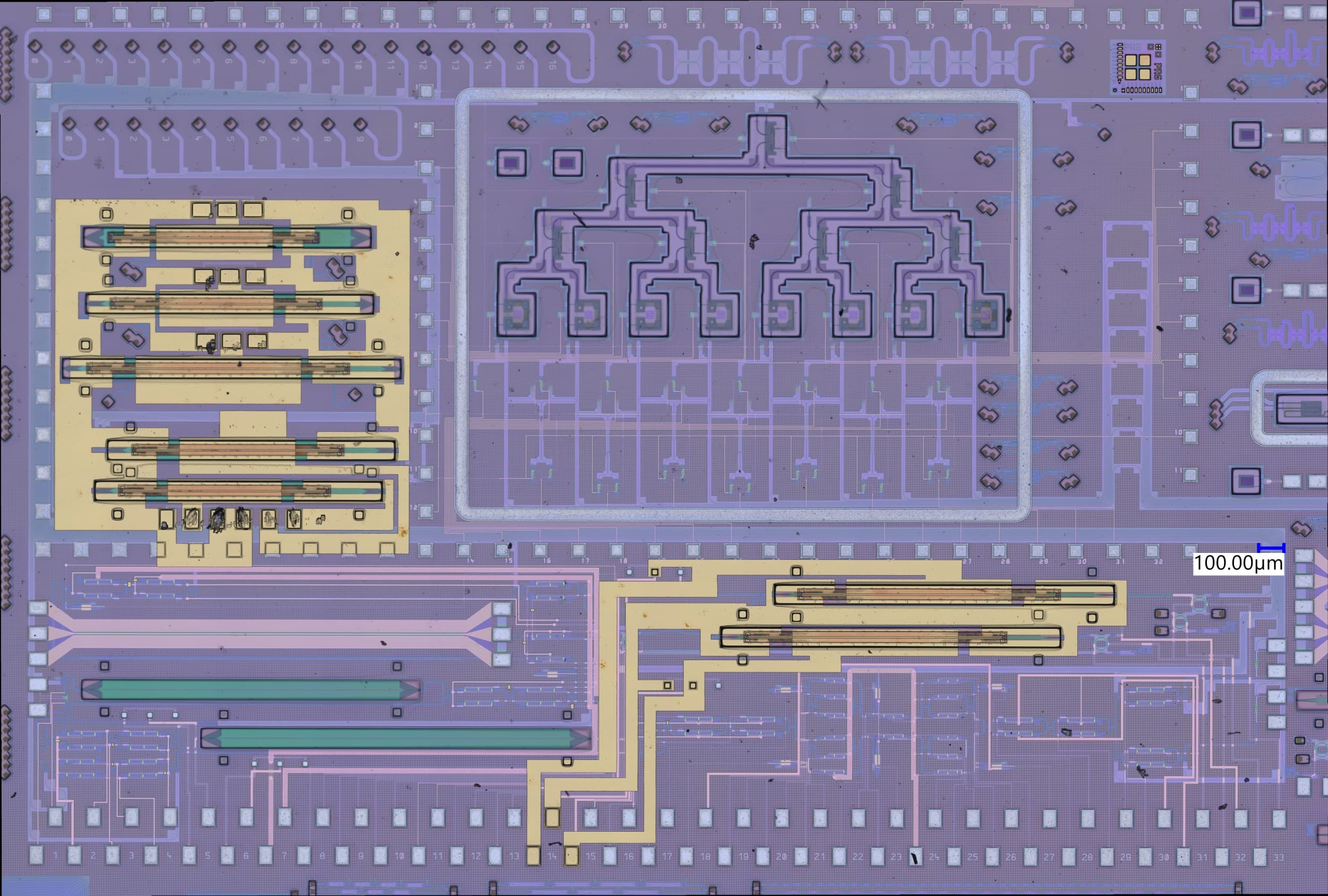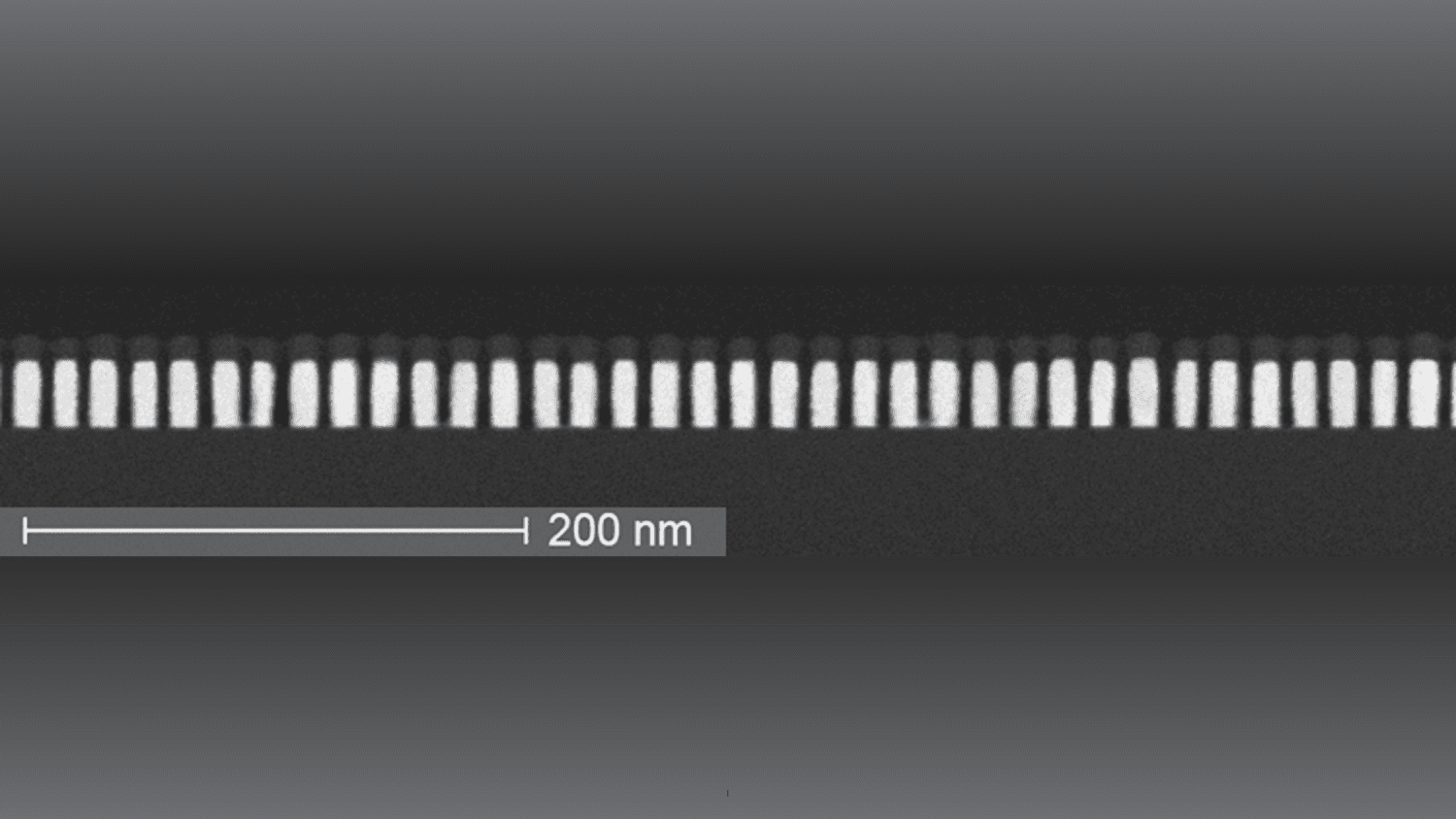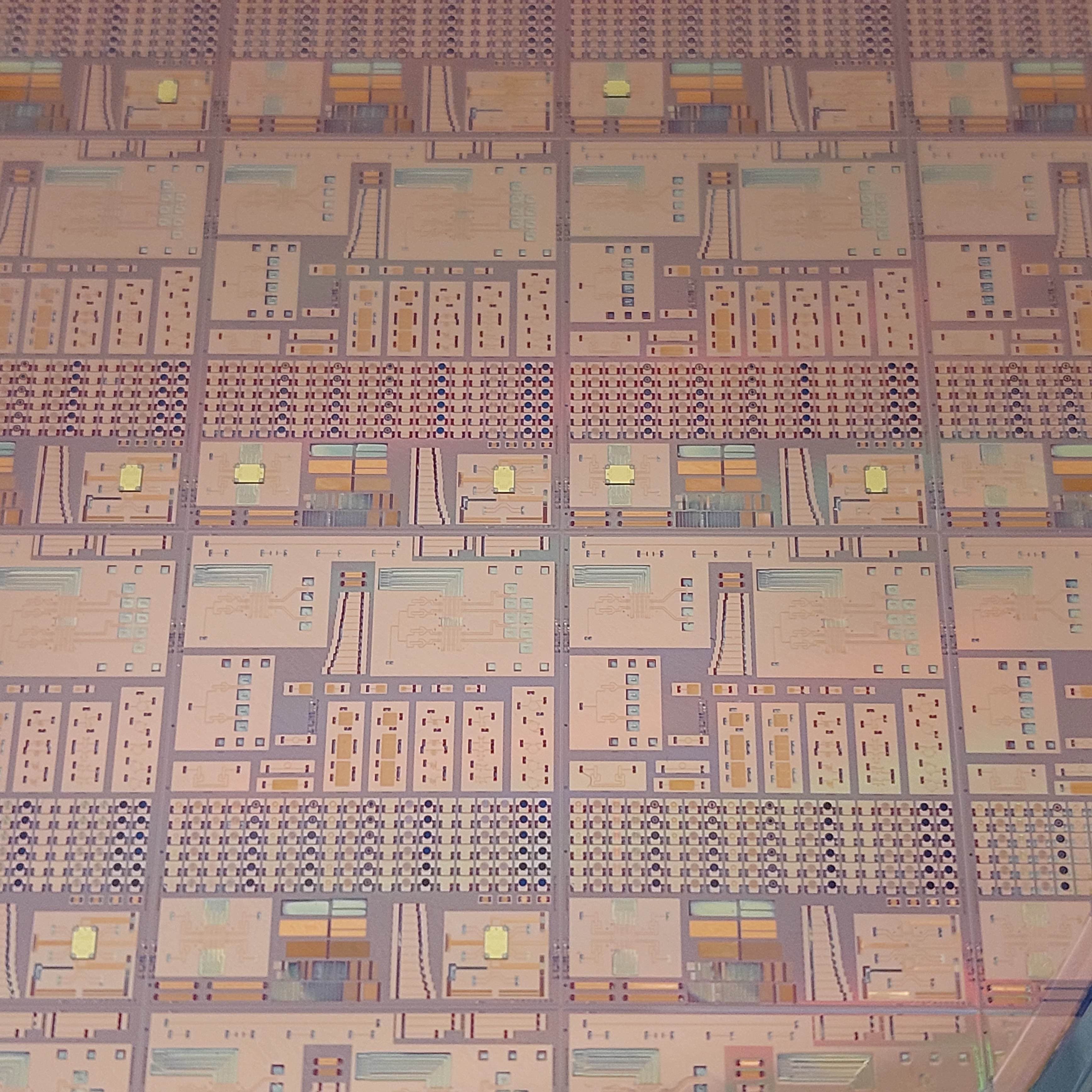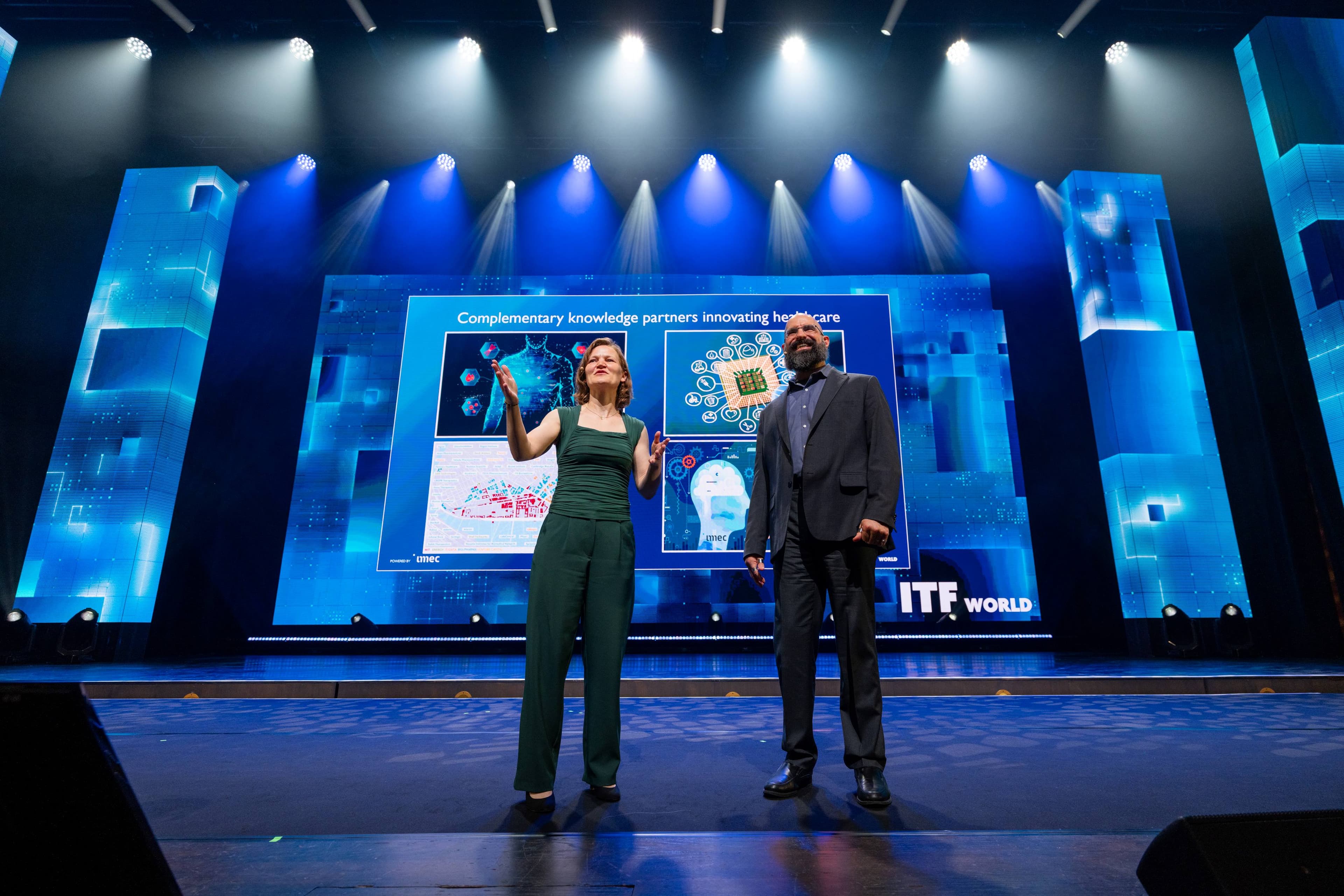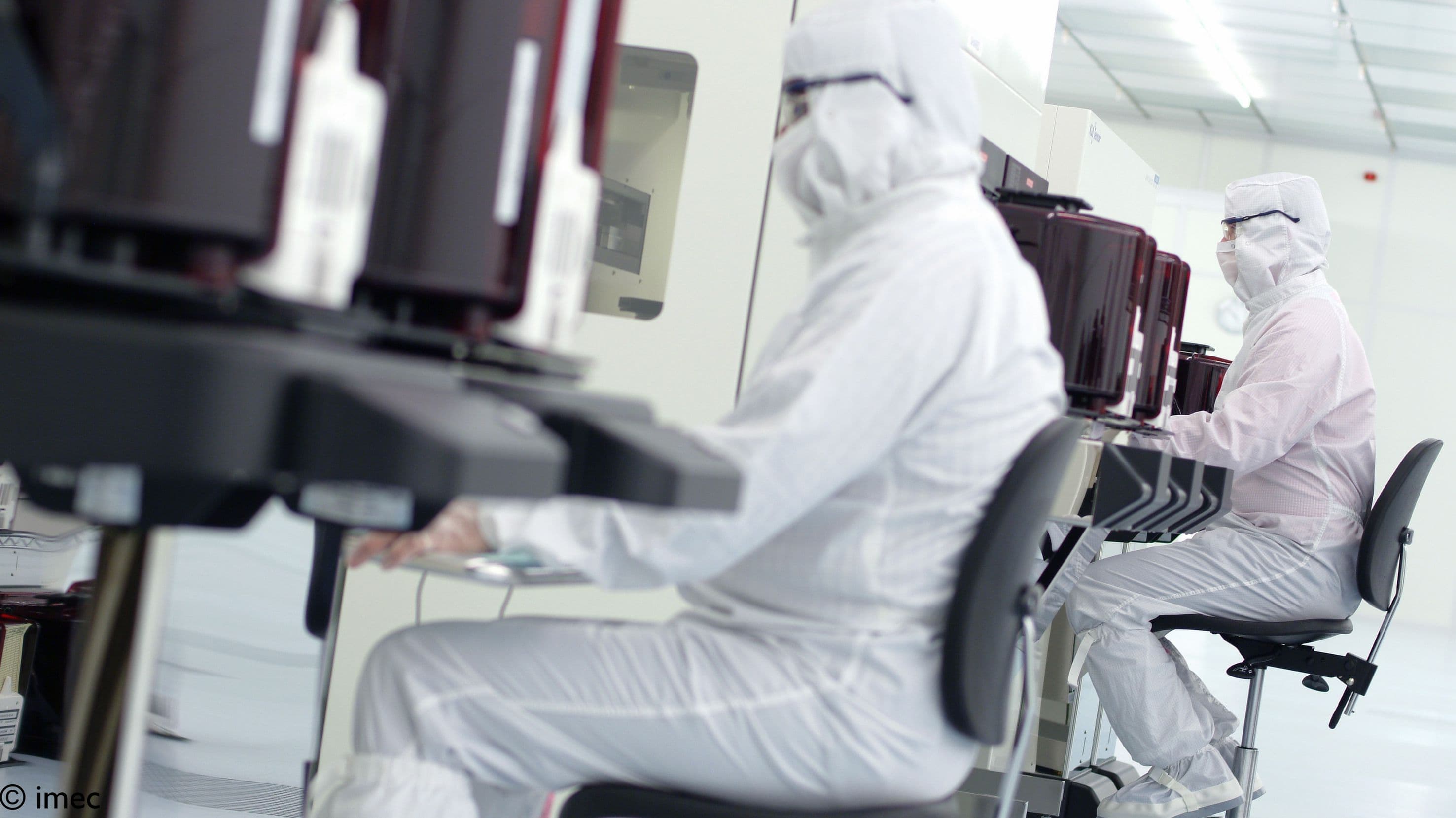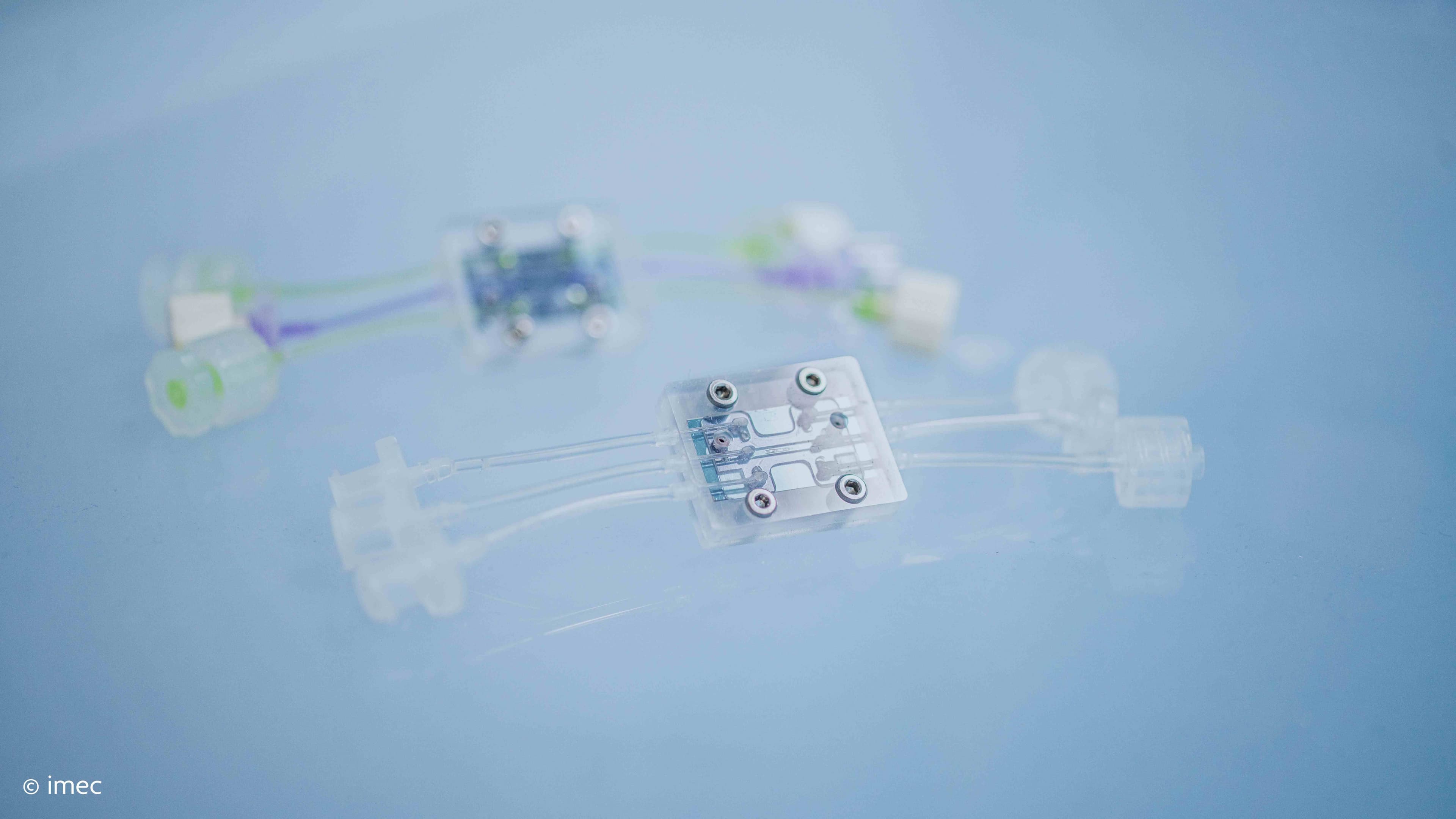
PULSAR
Positioning Using Light Signals of opportunity for room-reliable Asset tRacking
Locating and managing assets in healthcare facilities
Healthcare organizations such as hospitals and residential care centers are increasingly looking for solutions to improve the efficiency of their asset management and to optimize care-logistic flows.
At any moment, they would want to know the location and availability of anything from medical equipment, beds and wheelchairs to logistics support devices and transport carts. This would lessen the burden on staff and improve patient quality of care, especially when an available asset is needed in emergency situations.
In addition, location solutions would also keep a history of asset availability, which allows to determine how much each asset is used over time, and when it is used. This would benefit the optimization of the purchasing policy, stock management, and storage area.
As the number of assets is potentially very high and the positioning area broad, the location solution would have to be low-cost and require no expensive infrastructure. Also, to be useful, it should be able to link assets to rooms and types of rooms.
Locating assets using visible light
The PULSAR consortium sets out to implement a low-cost solution for this demand. The goal is to realize 1-meter accurate real-time positioning, using no additional expensive infrastructure, and working within the confines of rooms. Second, the partners want to optimally integrate this solution into existing operations in healthcare organizations.
To infer the location of assets, the researchers will use unmodulated visible light positioning (uVLP). In general, VLP is a is an indoor localization system in which LEDs are used as positioning beacons. From the characteristics of the modulated light, the proximity of the light source is deduced.
In contrast, with unmodulated VLP, techniques are used that look at the light beacons directly, without requiring expensive modulation. In the PULSAR project, this will be done by exploiting that fact that each LED has a characteristic frequency. The PULSAR researchers will develop a new software approach to efficiently extract the characteristic frequency of each LED from the recorded light signals and use these to determine the tag’s location.
Research goals
For the heart of the solution, the PULSAR researchers aim at designing a new, inexpensive 2.5D photosensitive receiver tag with accurate component placement to maximally capture the light of the beacon LEDs in a room. Additionally, they will design the software to extract the characteristic frequency of each LED, information that will be used to determine the tag’s location. These location data will then be leveraged to realize a generic solution for daily asset management and the optimization of care-logistic flows.
Some of the key additional goals are:
- Developing an integrated battery and energy harvesting system that ensures a tag autonomy of more than 2 years.
- Developing a generic framework and user interface allowing to optimally interface the location data records with existing systems, platforms, and software packages.
- Gaining insights on use cases, expectations and requirements for the uVLP application.
The PULSAR project includes a panel of potential users (hospital, residential care center…) that will validate the use cases, requirements, and solutions.
“The PULSAR solution has the potential to improve patient care and safety, and to relieve staff from a cumbersome burden. A trustworthy asset location will likely reduce hoarding and frustration among staff. Both staff and patients stand to gain from this solution.”
PULSAR
PULSAR creates a positioning system using unmodulated visible light tracking of hospital assets and process optimization in rooms.
PULSAR is an imec.icon research project funded by imec and Agentschap Innoveren & Ondernemen (VLAIO).
The project started on 01.05.2024 and is set to run until 30.4.2026.
Project information
Industry
- vzw Maria Middelares
- Hict
- Telecom-IT
Research
- imec – CMST – UGent
- imec – WAVES – UGent
Contact
- Project lead: Thomas Jacobs
- Research lead: David Plets
- Proposal manager: David Plets
- Innovation manager: Eric Moons

